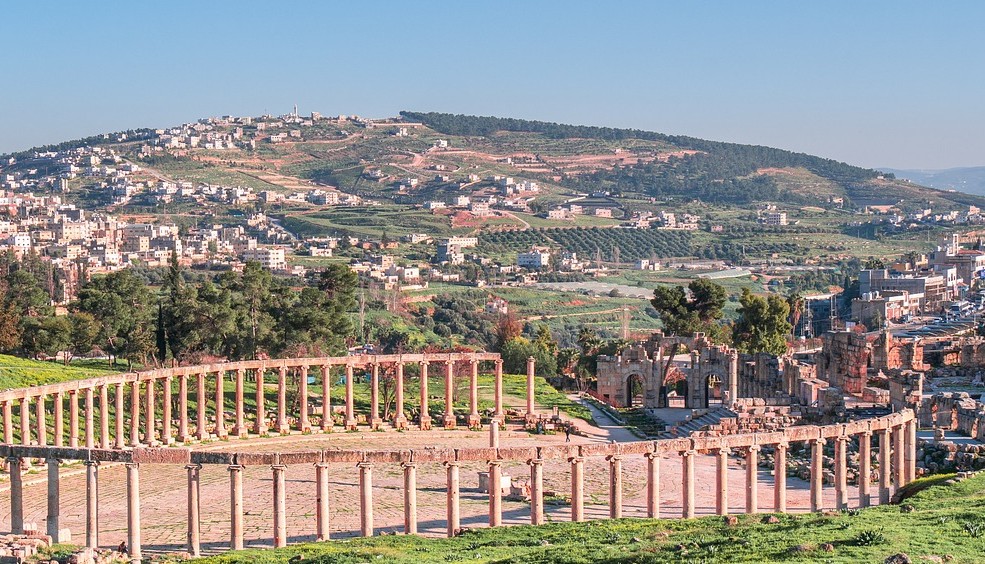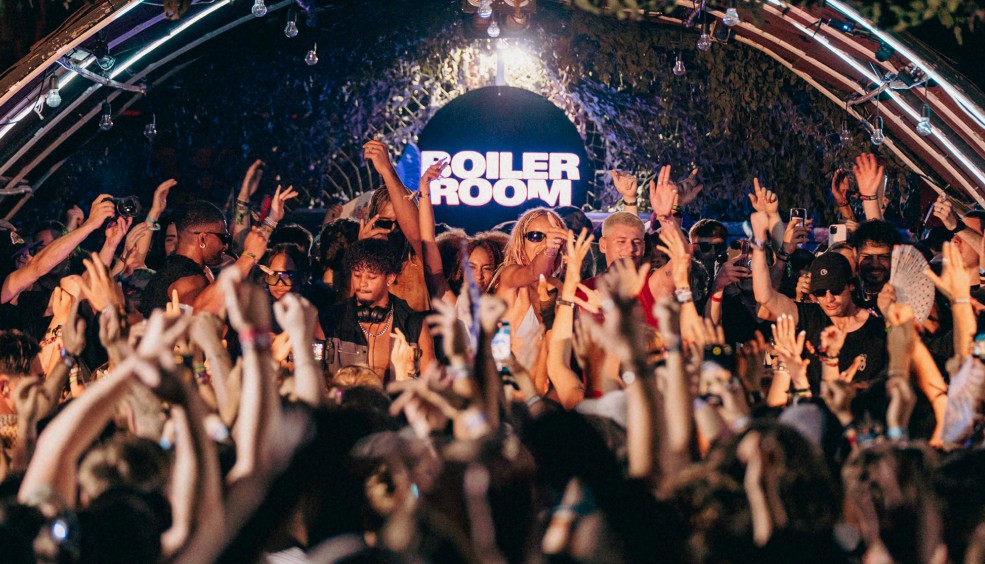5 top destinations this summer (2023)
If you're still undecided about where to go this summer, we're about to make it easy for you. We have prepared a few ideas, both popular and less well known, that will get people talking this year.
more infoTen things to do in Malta when the good weather arrives
Music, art, fireworks, ice-cold beers and endless nights on the beach. When the good weather arrives, Malta comes alive!
more infoTop natural pools in the Canary Islands: come and take a dip!
Natural seawater pools have all the benefits of the beach and a swimming pool. There are many of these pools across the Canary Islands and they are simply wonderful.
more info12 summer festivals in Barcelona you won't want to miss
Summer in Barcelona is packed with cultural events. Music and theatre festivals take centre stage, from Primavera Sound, Jardins de Pedralbes and Sónar to the Grec Festival of Barcelona and many more. We take a look at the some of the stand-out festivals so you can start planning your next excuse to visit Barcelona (again)!
more info




